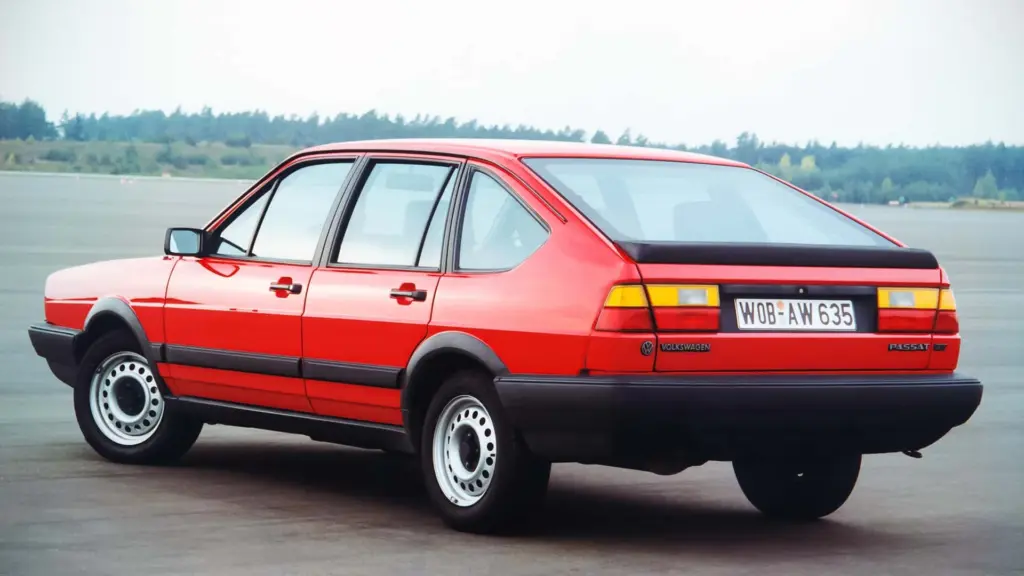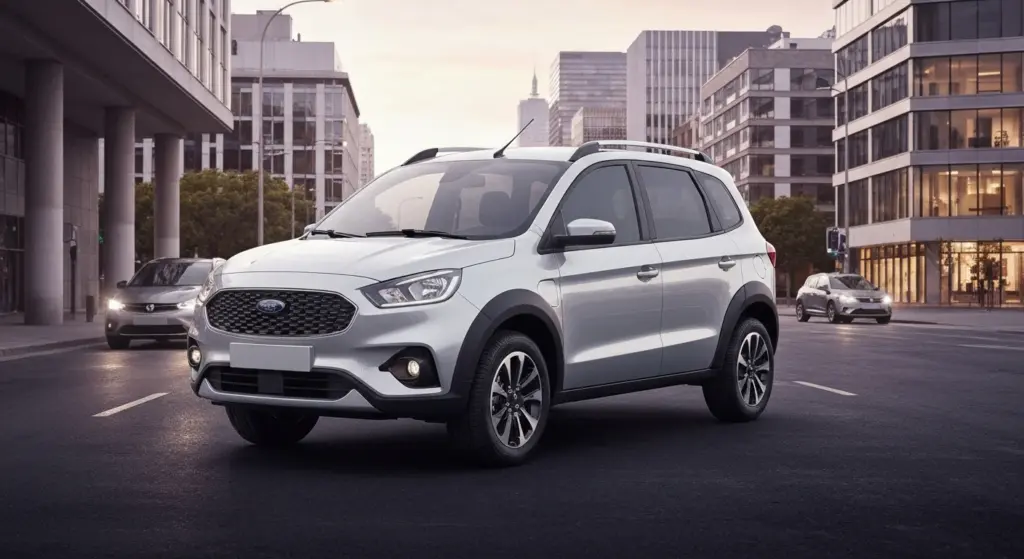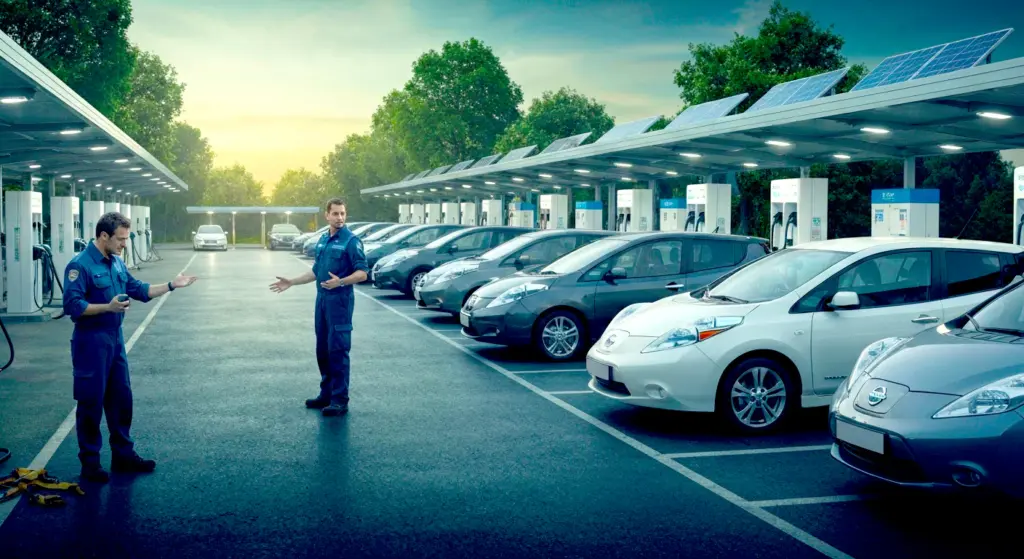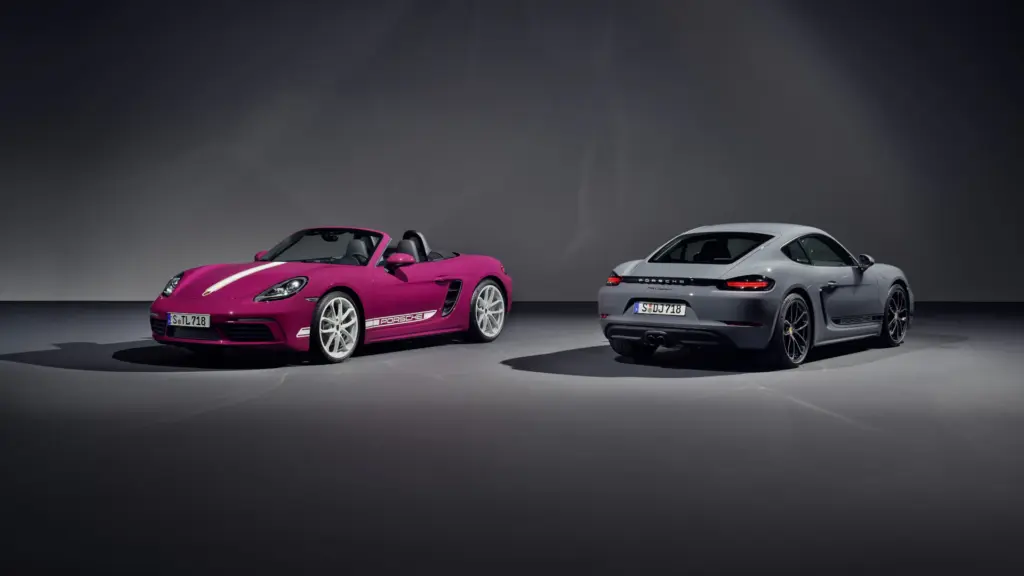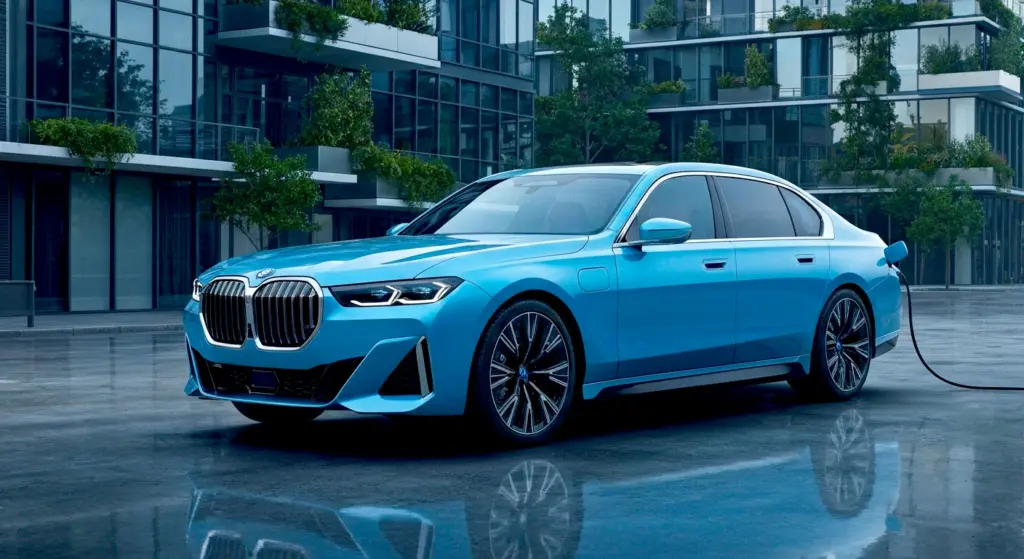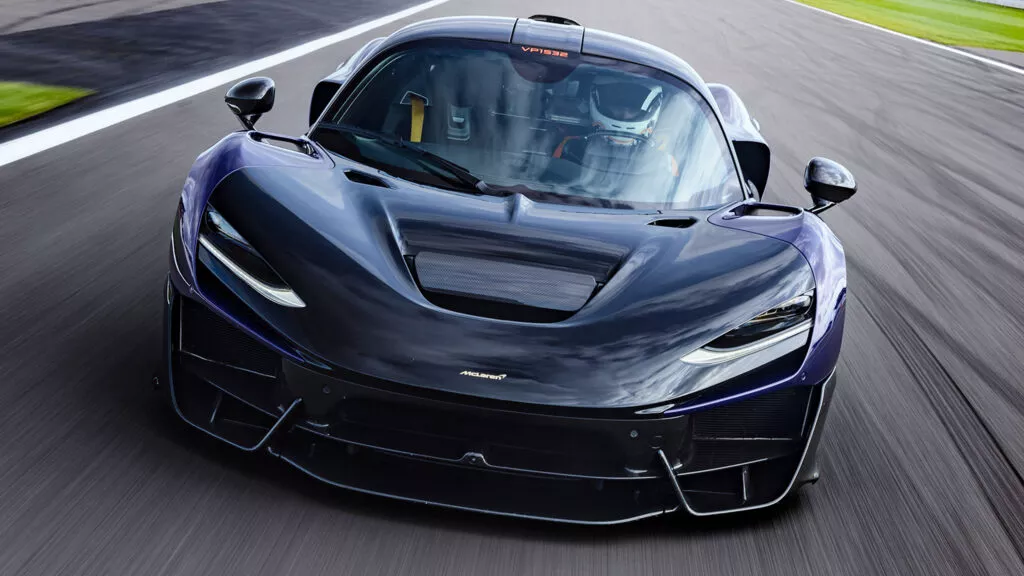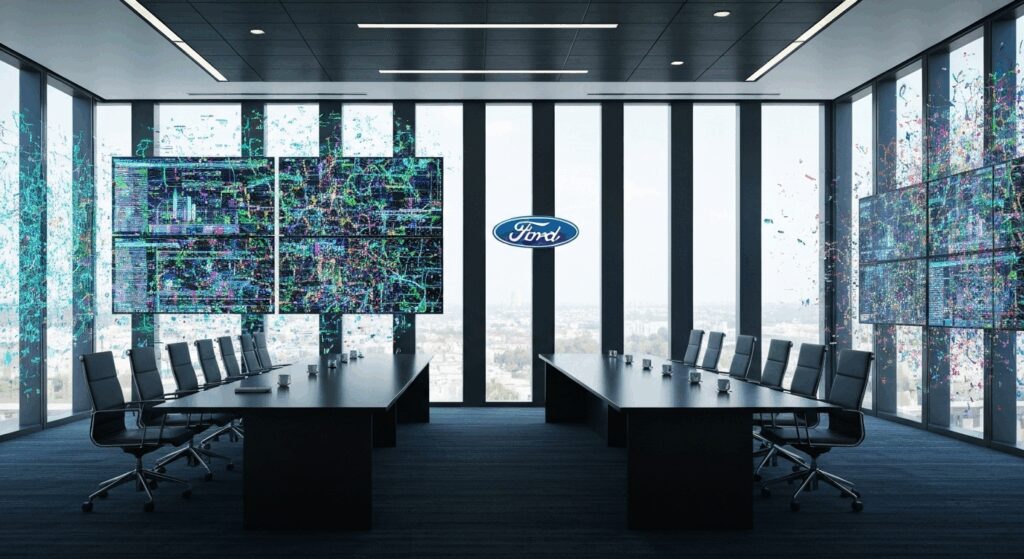The Japanese giant Honda has just launched the S7, its latest fully electric SUV, in the competitive Chinese market. This launch marks the debut of Honda’s “Ye” brand and positions the S7 directly against the popular Tesla Model Y, with pricing and specifications aimed at attracting Chinese consumers. But does the S7 have what it takes to challenge Tesla’s dominance and win over the Chinese audience?
Futuristic Design and Innovative Platform
The Honda S7 features an eye-catching exterior design, adopting a modern and aerodynamic visual language. The front stands out with “Y”-shaped headlights connected by an elegant LED strip, giving it a unique visual identity. The front bumper incorporates a wide air intake, not only for aesthetics but also to optimize battery cooling, a crucial component in electric vehicles.
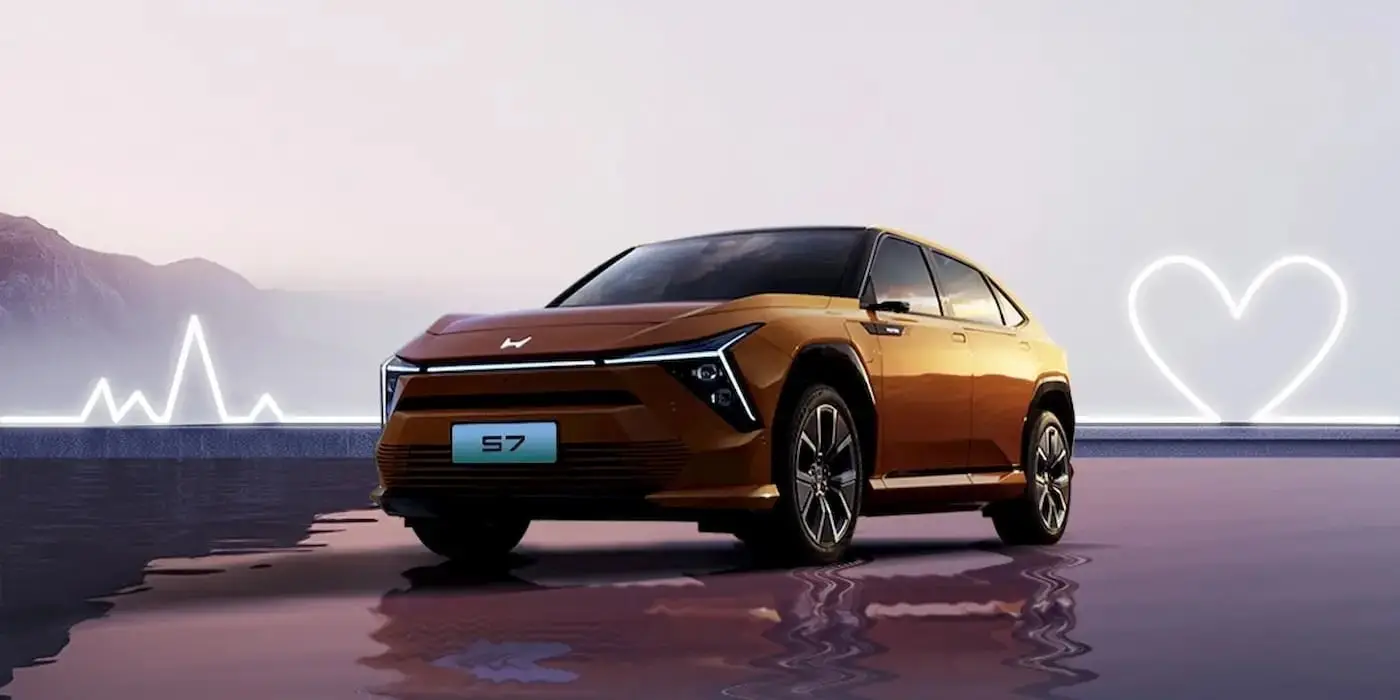
The sides of the S7 showcase clean and fluid lines, with retractable door handles that contribute to aerodynamics and a sophisticated look. At the rear, the three-dimensional LED taillights and integrated spoiler balance sportiness and elegance. The S7 is not only beautiful; it has been designed for efficiency and visual appeal in the demanding Chinese market.
Modular Architecture “e:N Architecture W”
Underneath its bold exterior, the Honda S7 relies on the “e:N Architecture W,” a modular platform specifically developed for electric vehicles. This architecture allows for optimized weight distribution, significantly improving the stability and dynamic behavior of the SUV, especially in curves. The platform has also been designed with safety in mind, featuring a reinforced structure that provides high torsional rigidity, enhancing safety in the event of a collision and the overall durability of the vehicle.
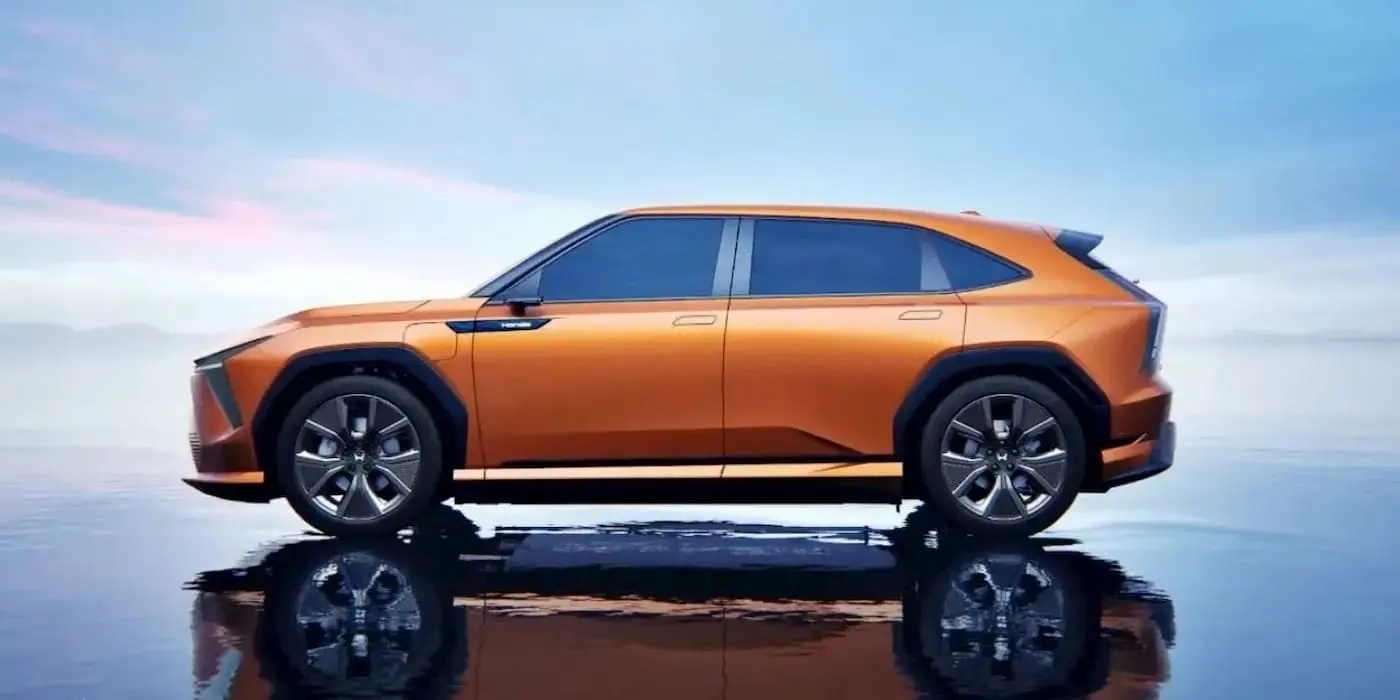
The choice of a dedicated platform for electric vehicles demonstrates Honda’s commitment to electrification and allows for the optimization of various aspects of the S7, from interior space to performance and energy efficiency. This solid foundation is essential for competing in the EV market, where technology and innovation are decisive factors for success.
Performance and Technical Specifications
The Honda S7 offers two powertrain options to cater to different needs and preferences. The entry-level version, with rear-wheel drive (RWD), delivers 200 kW (268 hp) of power and 420 Nm of torque. This setup guarantees acceleration from 0 to 100 km/h in 6.8 seconds, a respectable performance for an electric SUV. For those seeking even more performance, the all-wheel drive (AWD) version combines a 150 kW front motor with a 200 kW rear motor, resulting in a combined power output of 350 kW (469 hp) and an impressive torque of 720 Nm. With this configuration, the S7 AWD accelerates from 0 to 100 km/h in just 4.9 seconds, entering the realm of sports cars.
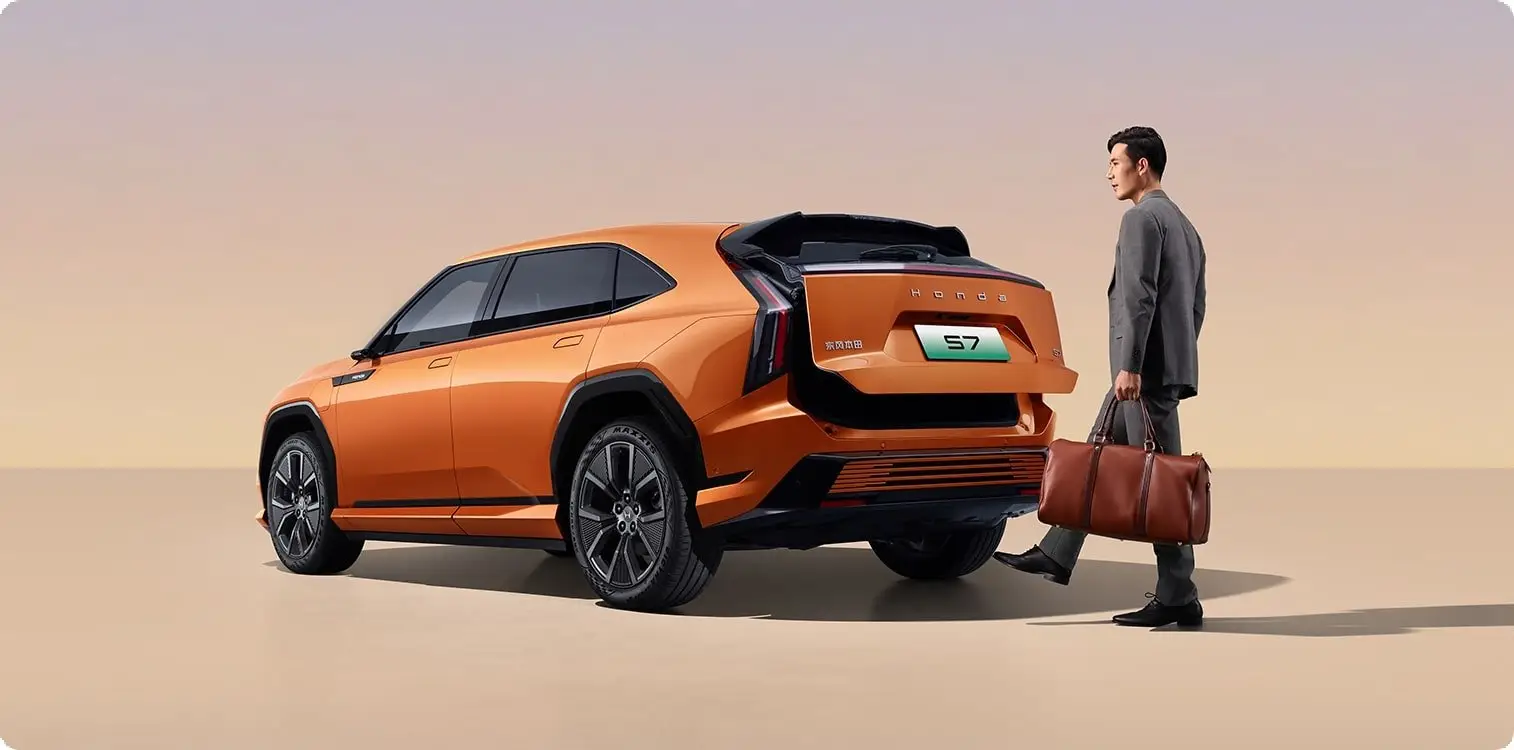
Both versions of the S7 use a single-speed automatic transmission, a common feature in electric vehicles, providing linear and responsive power delivery. The choice between rear-wheel and all-wheel drive allows consumers to opt for a balance between efficiency and performance or prioritize maximum performance and grip in various driving conditions.
Battery and Range: Competitive Range
At the heart of the Honda S7 lies a 89.8 kWh lithium-ion battery supplied by the renowned CATL. This high-capacity battery allows the S7 to achieve a range of up to 620 km in the CLTC test cycle for the AWD version and 650 km for the RWD version. Although the CLTC cycle is known to be more optimistic than the WLTP, the range offered by the S7 is competitive in the electric SUV segment and sufficient for most daily use needs and trips.
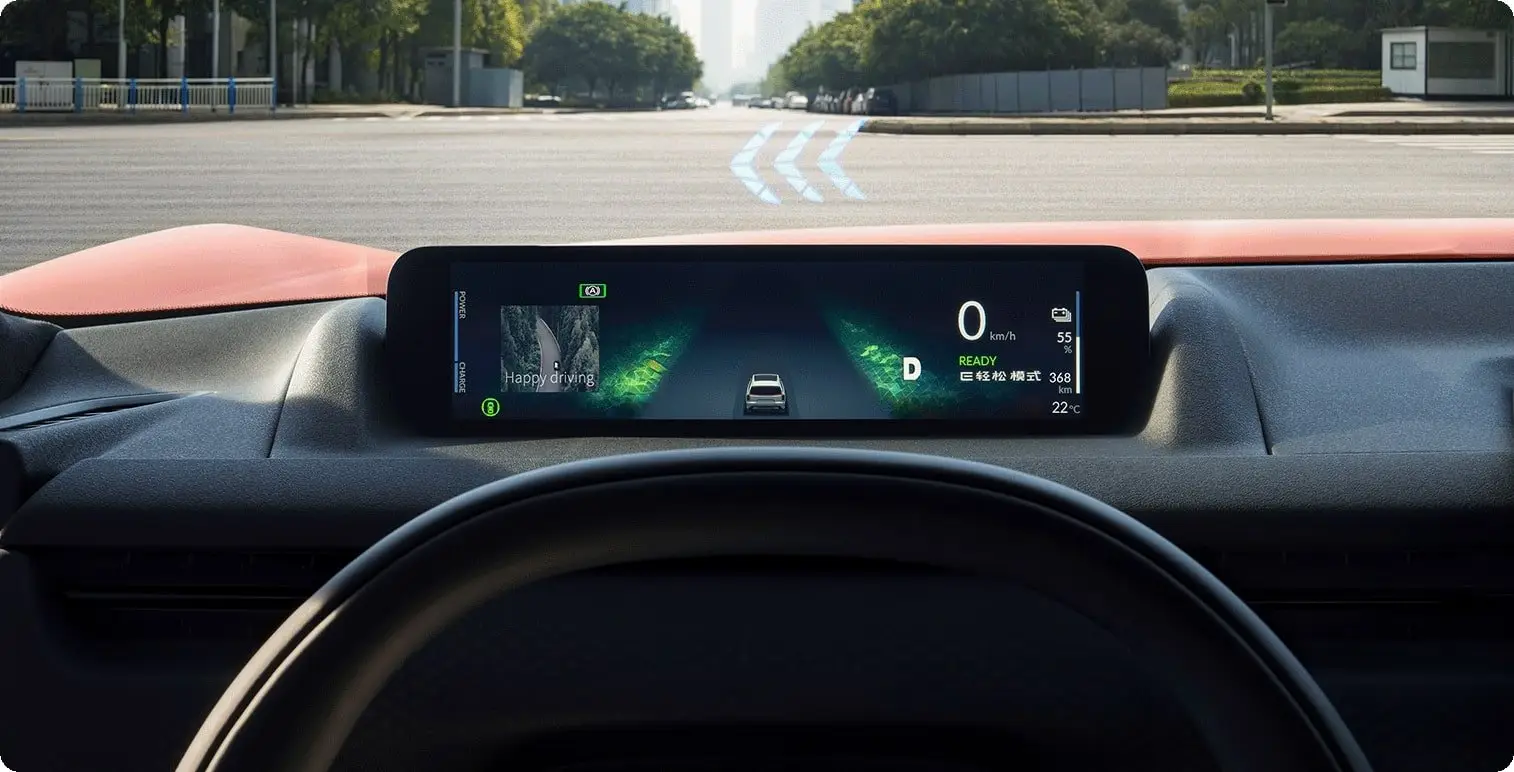
The S7 also stands out for its liquid thermal management system, which maintains the ideal temperature of the cells, prolonging battery life and optimizing performance under different climatic conditions. Additionally, the SUV supports fast charging in direct current (DC) of up to 150 kW, allowing for a charge from 10% to 80% in just 28 minutes. This fast charging capability is crucial for convenience and practicality in using an electric vehicle, especially on longer trips.
Cutting-Edge Technology: Honda Sensing 360+ and Connectivity
The Honda S7 does not skimp on technology, incorporating the advanced intelligent driving system Honda Sensing 360+. This system offers a wide range of driver assistance features, including adaptive cruise control, which maintains a safe distance from the vehicle in front and adjusts speed in turns, and lane keeping assist. The system also includes functionalities such as stop-and-go in traffic, automatic overtaking, and automatic deceleration in curves and ramps, enhancing comfort and safety while driving.
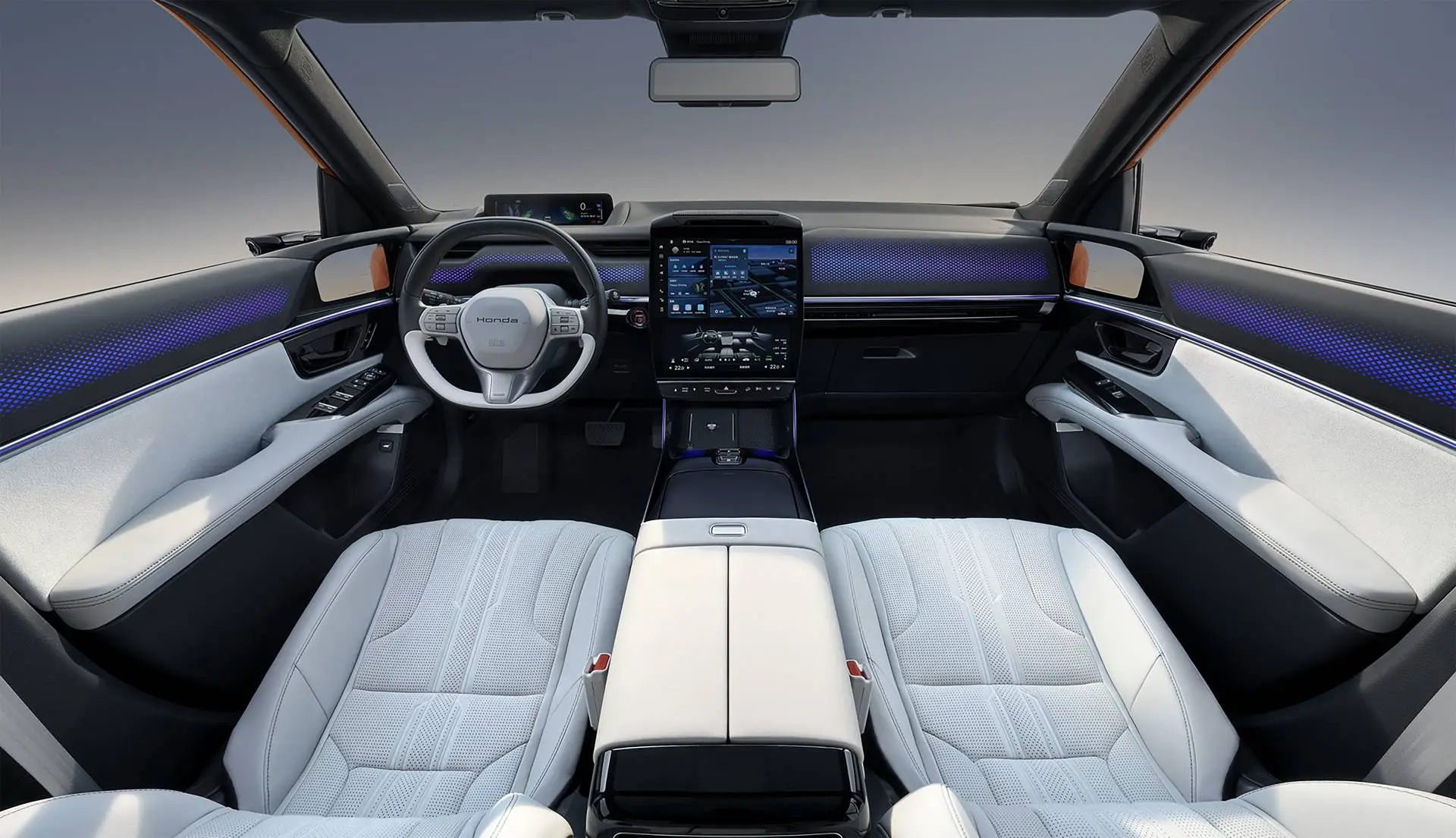
In addition to assisted driving, the S7 offers autonomous parking, making maneuvers in tight spaces easier, and driver fatigue monitoring, which uses internal cameras to detect signs of drowsiness and issue alerts. In terms of infotainment, the S7 features a full digital dashboard and a central touchscreen, both running a system compatible with Apple CarPlay and Android Auto. The virtual assistant with voice commands and simultaneous translation into multiple languages adds convenience and interactivity. 5G connectivity ensures over-the-air (OTA) updates for the vehicle’s system and high-definition content streaming, keeping the S7 always updated and connected.
Competition in the Chinese Market and Initial Reception
The launch of the Honda S7 occurs in one of the most competitive electric vehicle markets in the world: China. With numerous local and international manufacturers vying for consumer attention, the S7 faces fierce competition, especially from the Tesla Model Y, with which it shares a similar price range. Honda has positioned the S7 as a direct competitor to the Model Y, offering variants with starting prices close to those offered by Tesla.
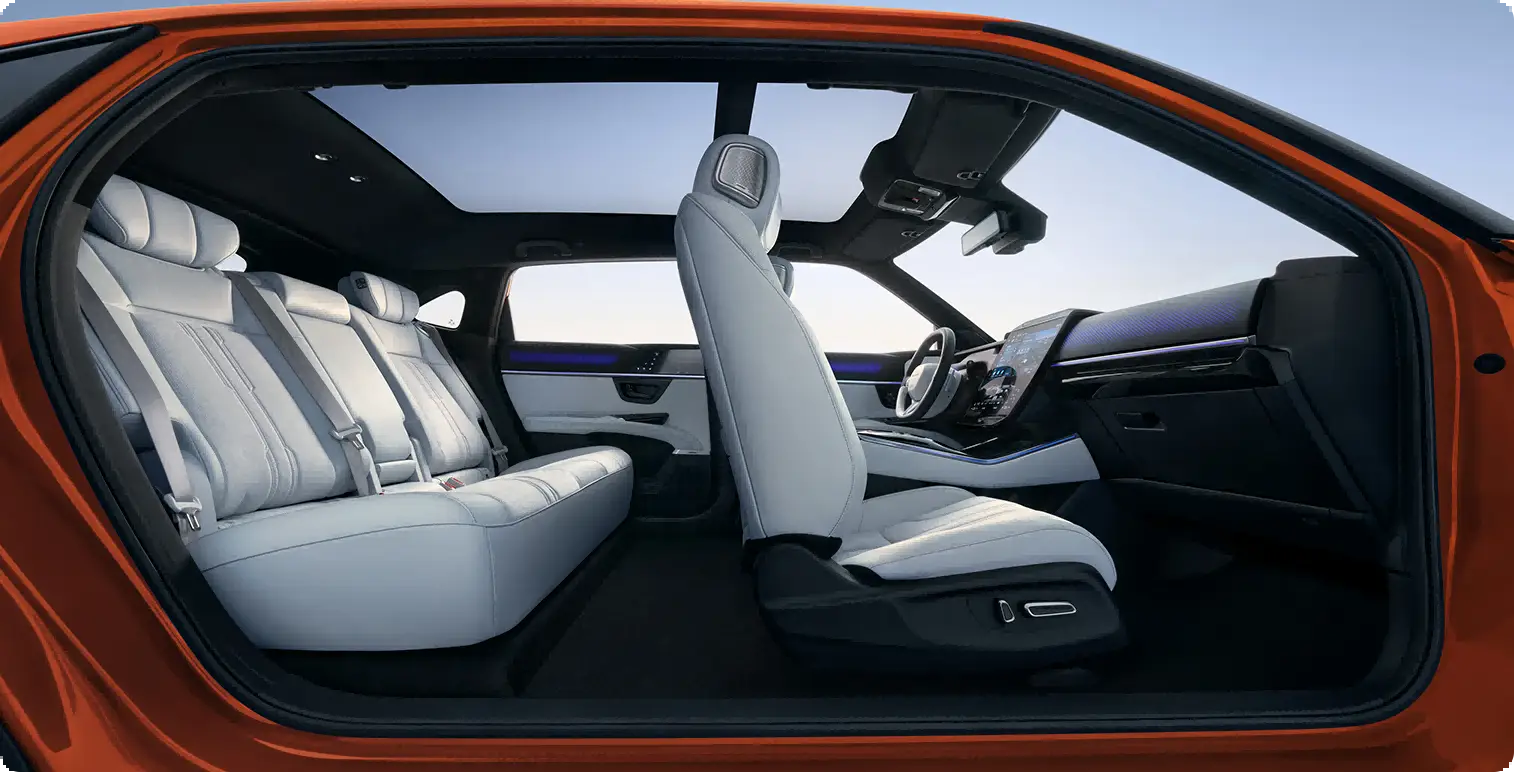
However, the initial market reception of the Honda S7 seems to have been lukewarm, especially when compared to the launch of the Toyota bZ3X on the same day. While the bZ3X, with its more accessible starting price and competitive technological features, accumulated over 10,000 orders in the first hour, the S7 did not generate the same immediate enthusiasm. Some analysts suggest that the S7 may struggle to convince Chinese consumers to choose it over its competitors, given the vast array of options available in the market.
Brand Identity Issues with “Ye”
One factor that may influence the reception of the Honda S7 is the “Ye” brand itself under which it is launched. Honda seems to be downplaying the promotion of the “Ye” brand due to negative feedback regarding the name. This hesitation to promote the new brand may indicate challenges in creating a strong and recognizable identity for the S7 and other “Ye” models. Brand perception is crucial in the Chinese market, and the lack of clarity or negative feedback regarding the name “Ye” may impact consumer trust and, consequently, the sales of the S7.
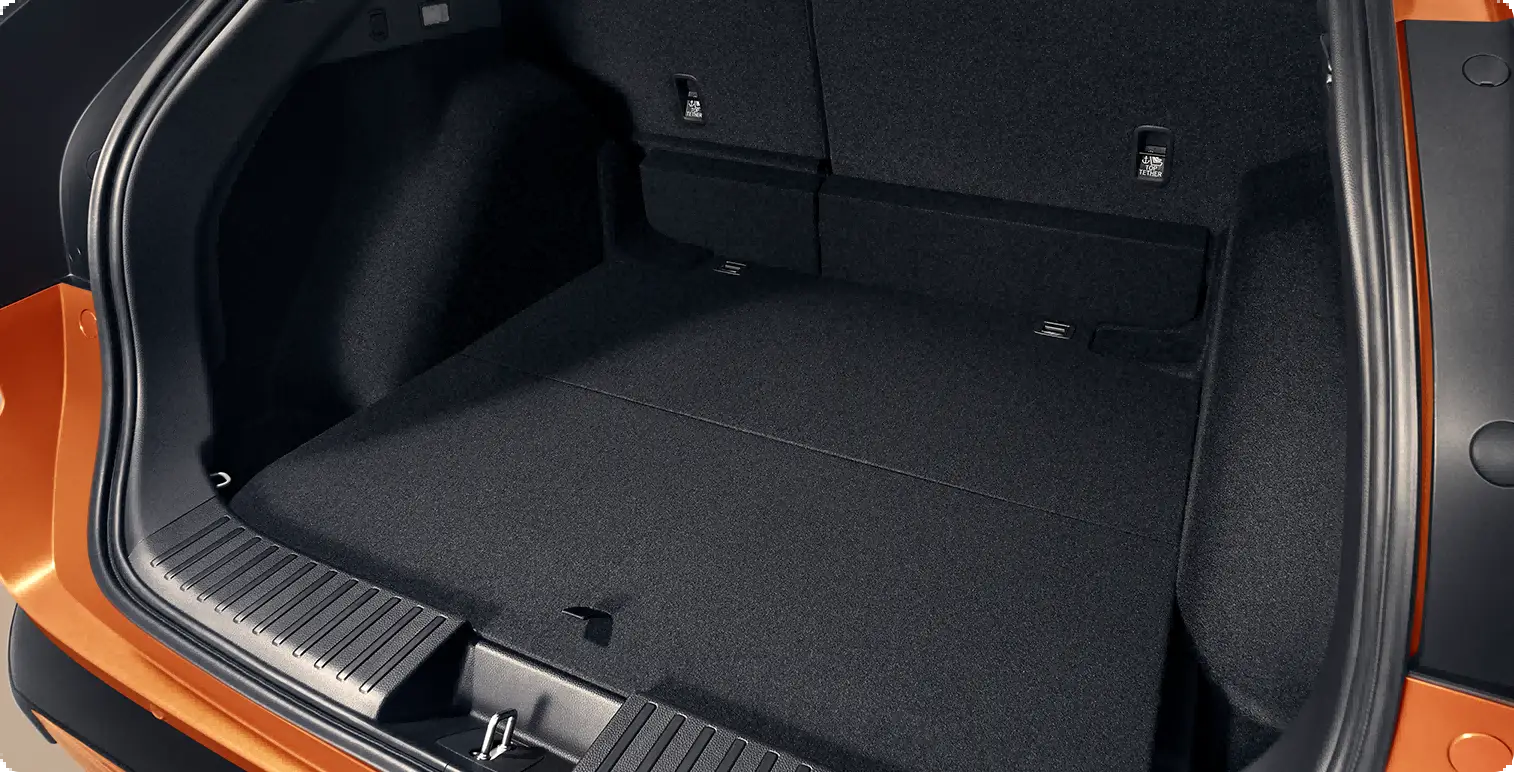
The comparison with the successful launch of the Toyota bZ3X highlights the importance of competitive pricing and a clear value proposition in the Chinese EV market. The success of the bZ3X, with its lower starting price and appealing technological features, demonstrates that price remains a decisive factor for many Chinese consumers, even in the electric vehicle segment. Honda may need to reevaluate its marketing strategy and possibly its pricing to ensure that the S7 effectively positions itself and captures consumer attention.
A Promising Competitor with Challenges to Overcome
The Honda S7 represents an important step in Honda’s electrification journey and demonstrates the brand’s potential to compete in the growing electric SUV market. With its attractive design, dedicated platform, competitive performance, generous range, and advanced technology, the S7 has the ingredients to be a strong competitor. However, the SUV faces significant challenges in the competitive Chinese market, including strong competition, lukewarm initial reception, and issues related to the “Ye” brand identity.
The success of the Honda S7 will depend on Honda’s ability to effectively communicate its differentiators, build trust in the “Ye” brand, and possibly adjust its pricing strategy to attract Chinese consumers. Closely monitoring the S7’s initial sales, analyzing consumer feedback, and observing Honda’s response to market dynamics will be crucial for understanding the future of the S7 and Honda’s potential in the Chinese electric vehicle market.



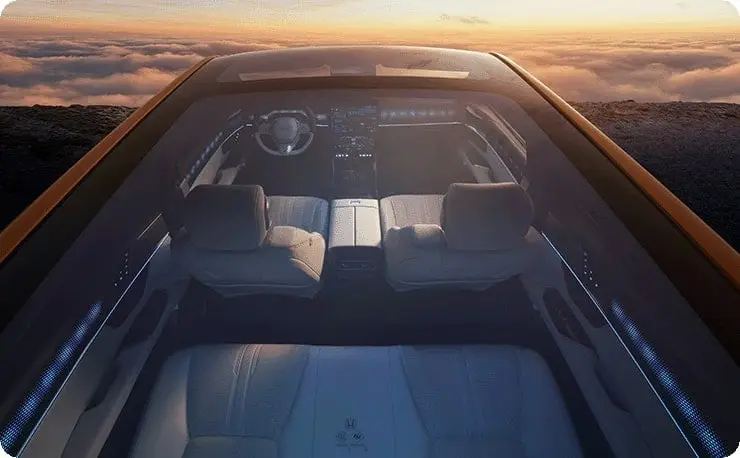


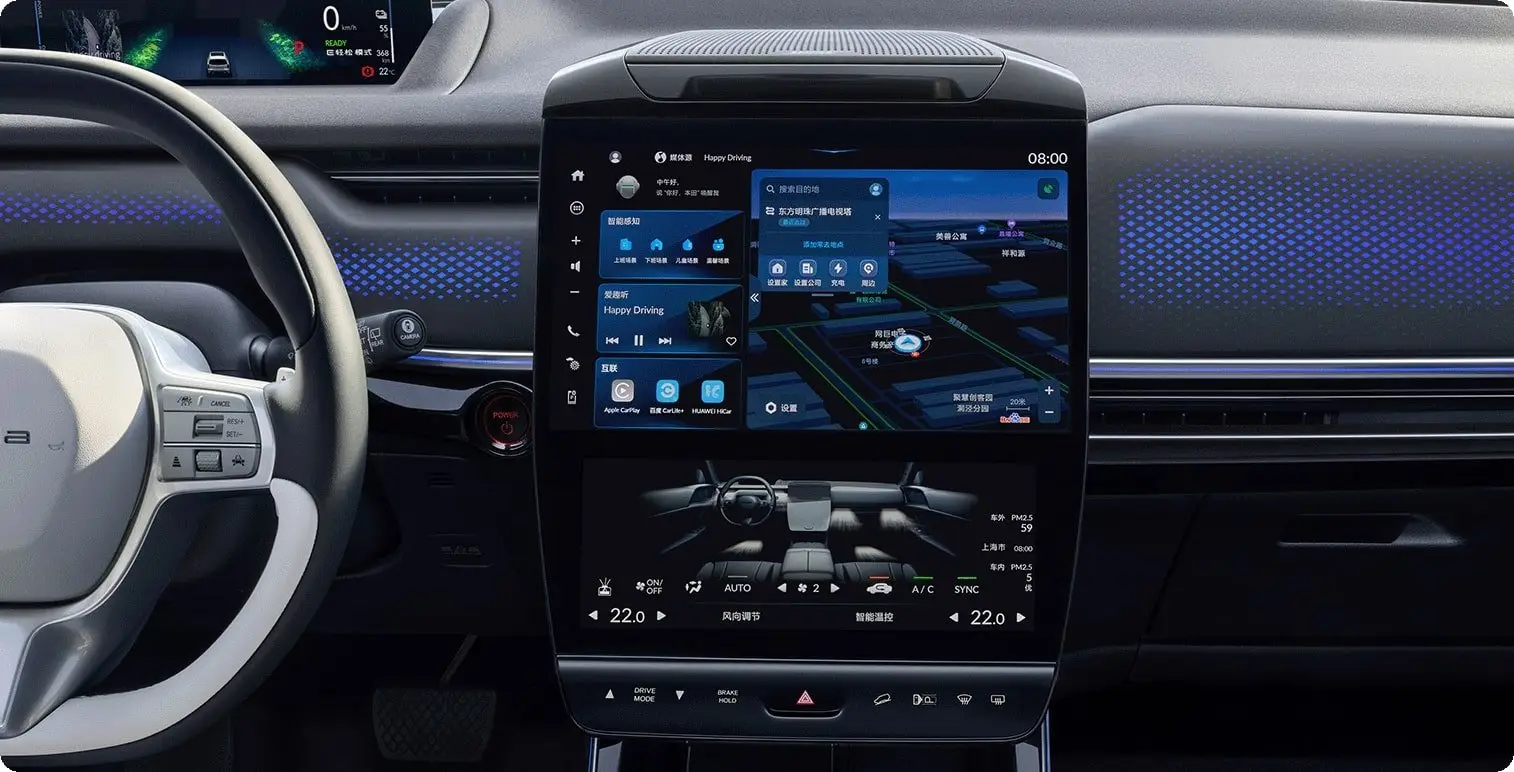
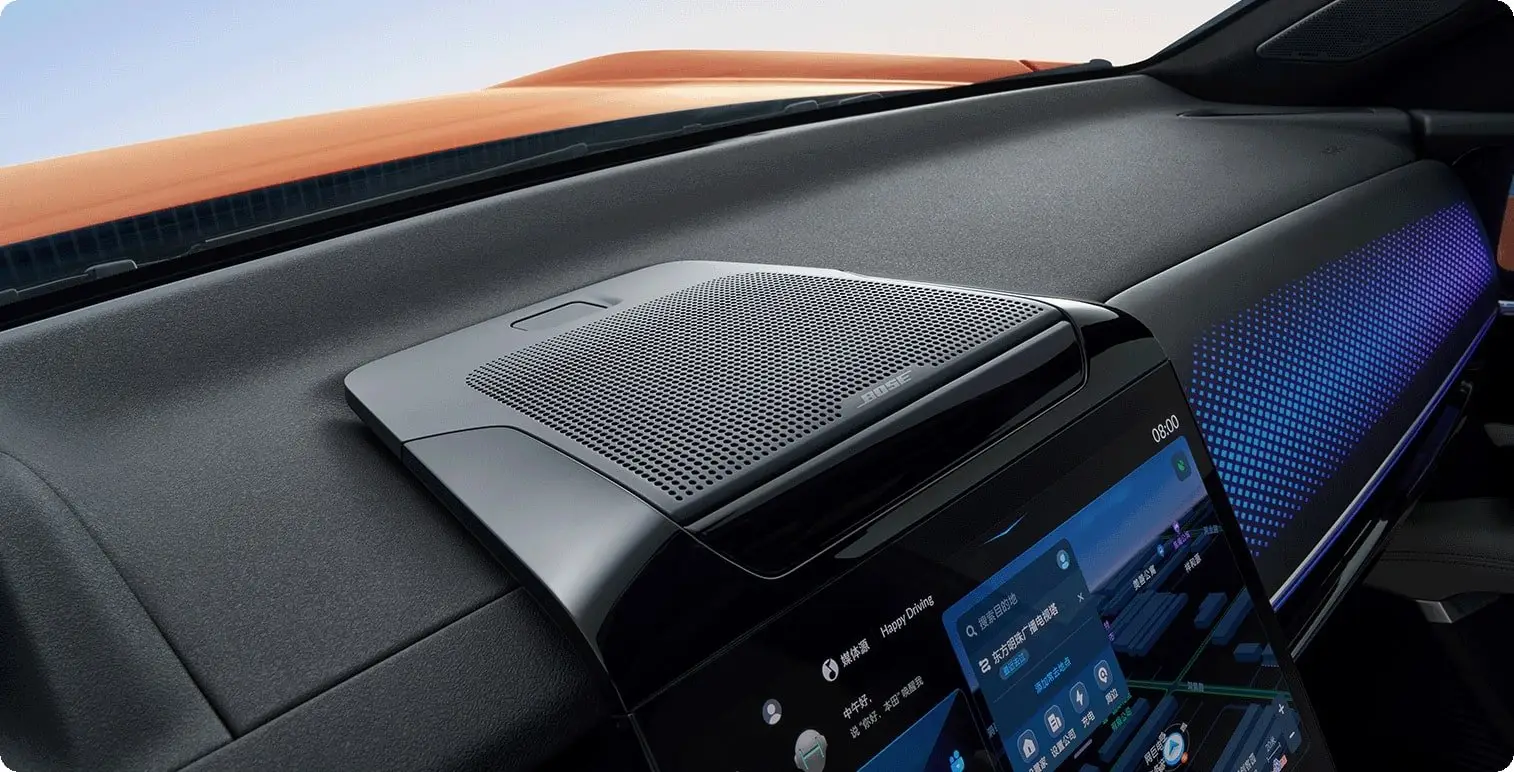
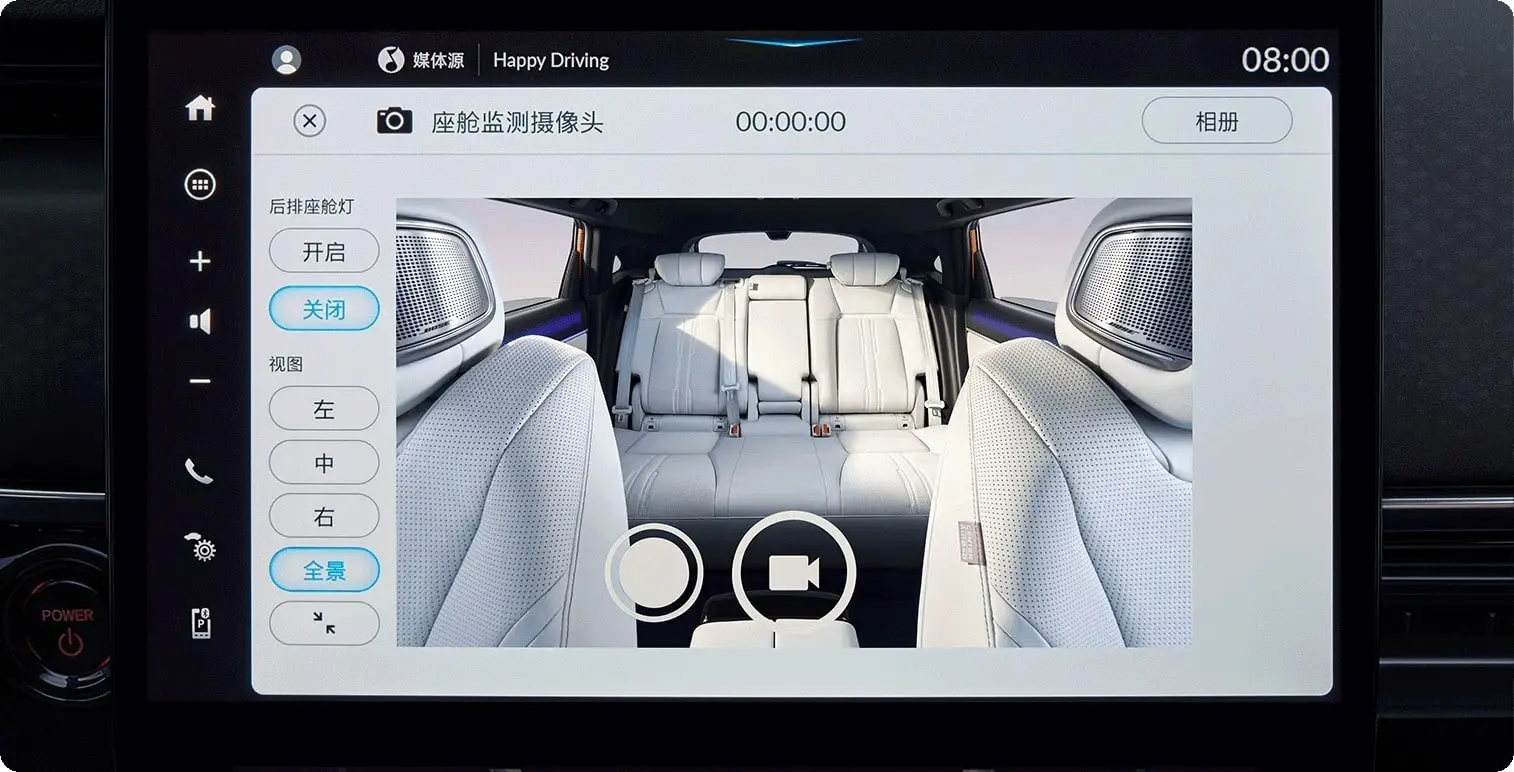

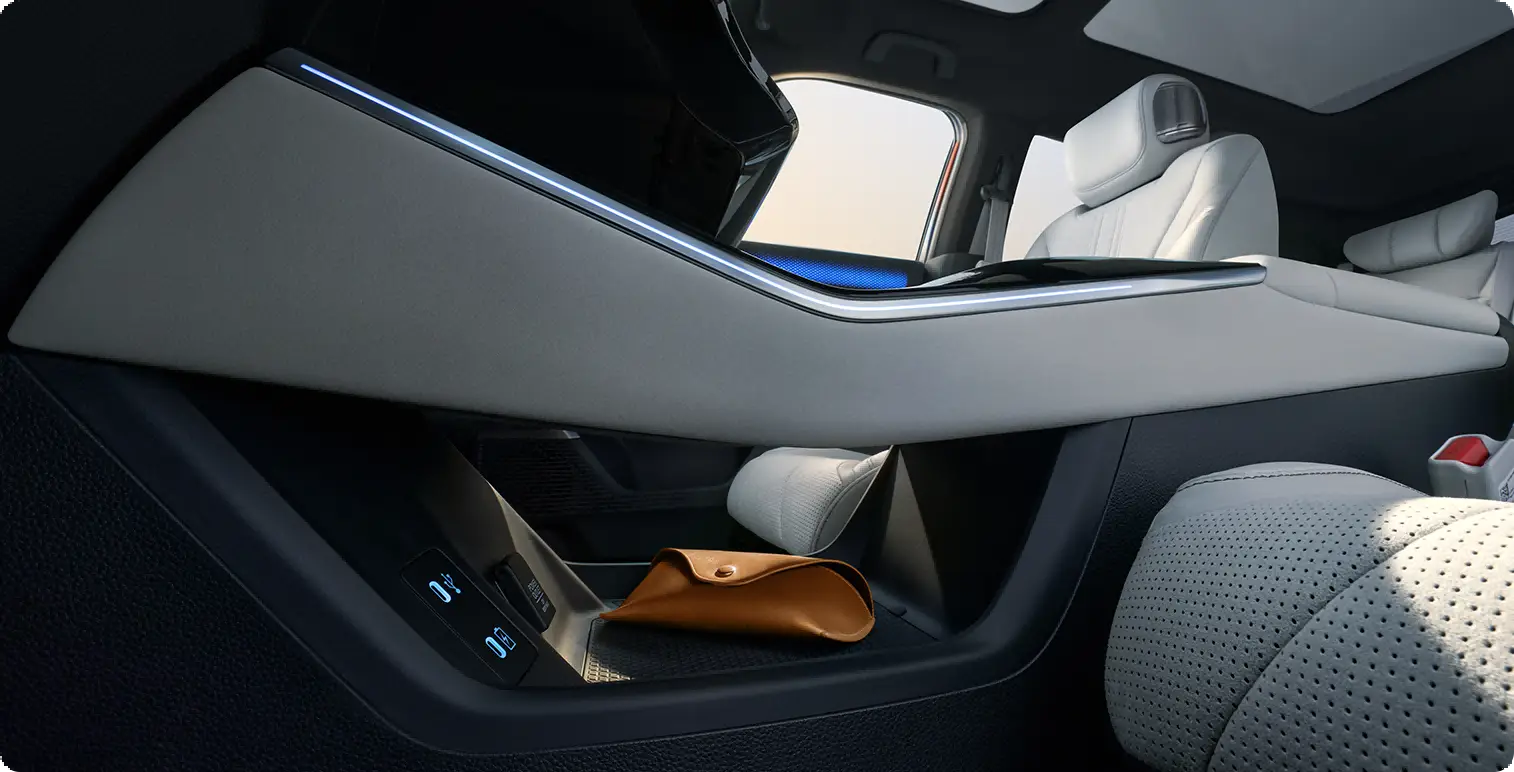
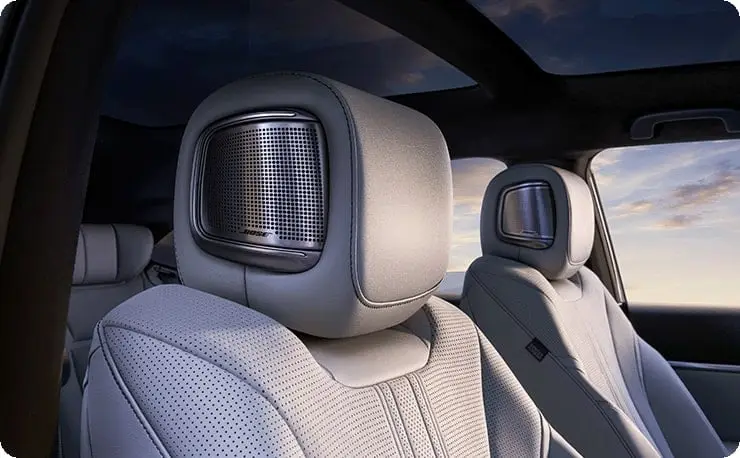
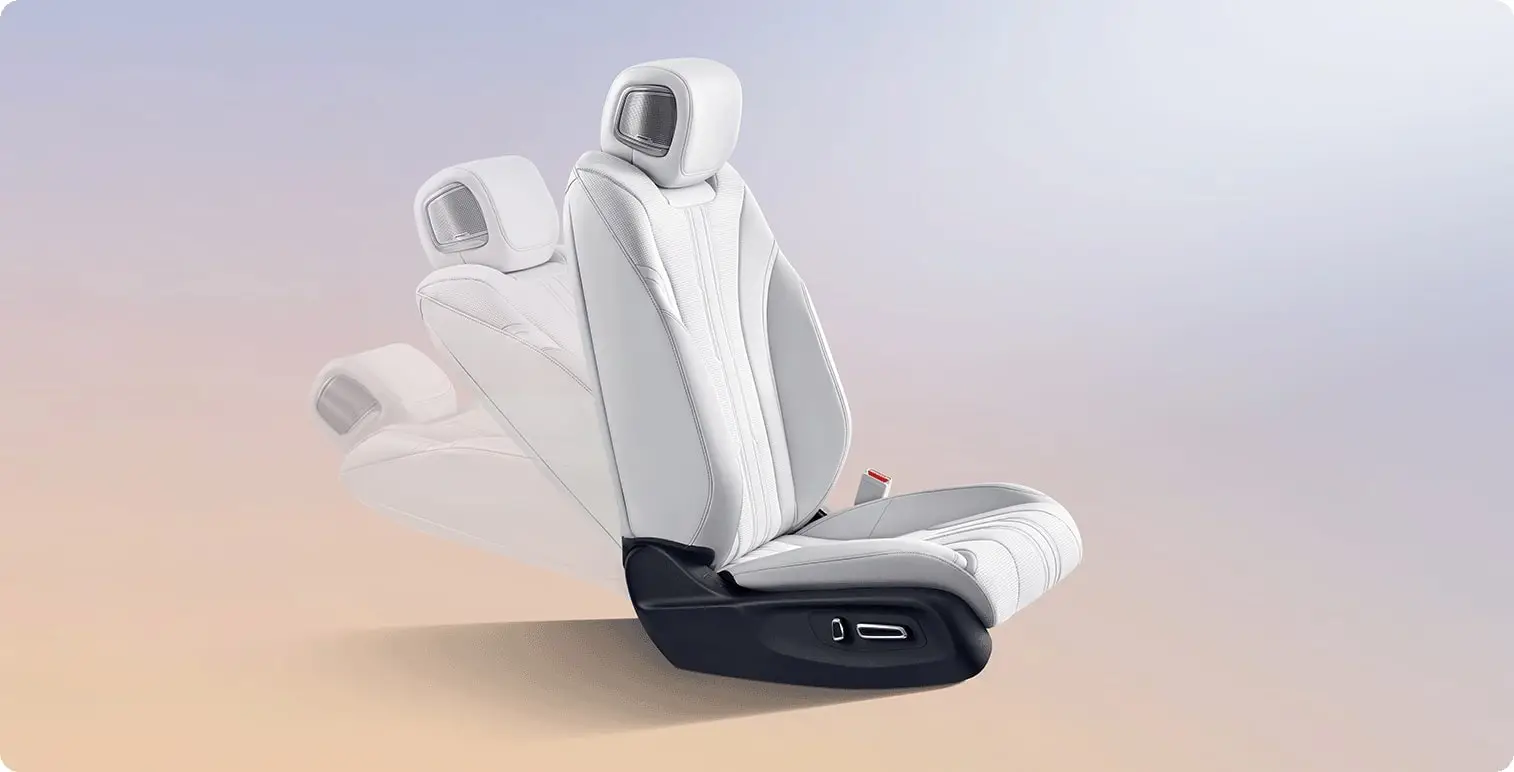

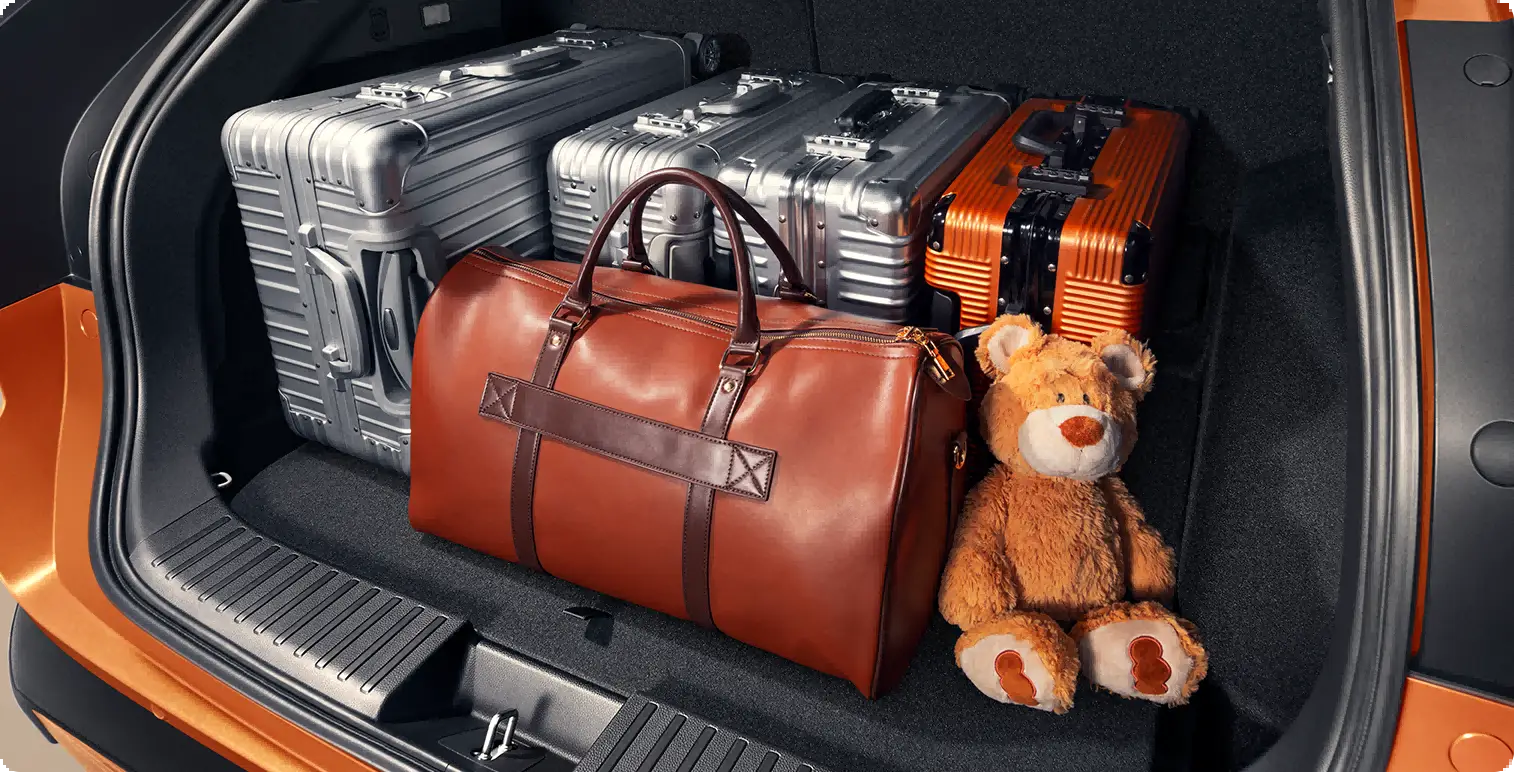
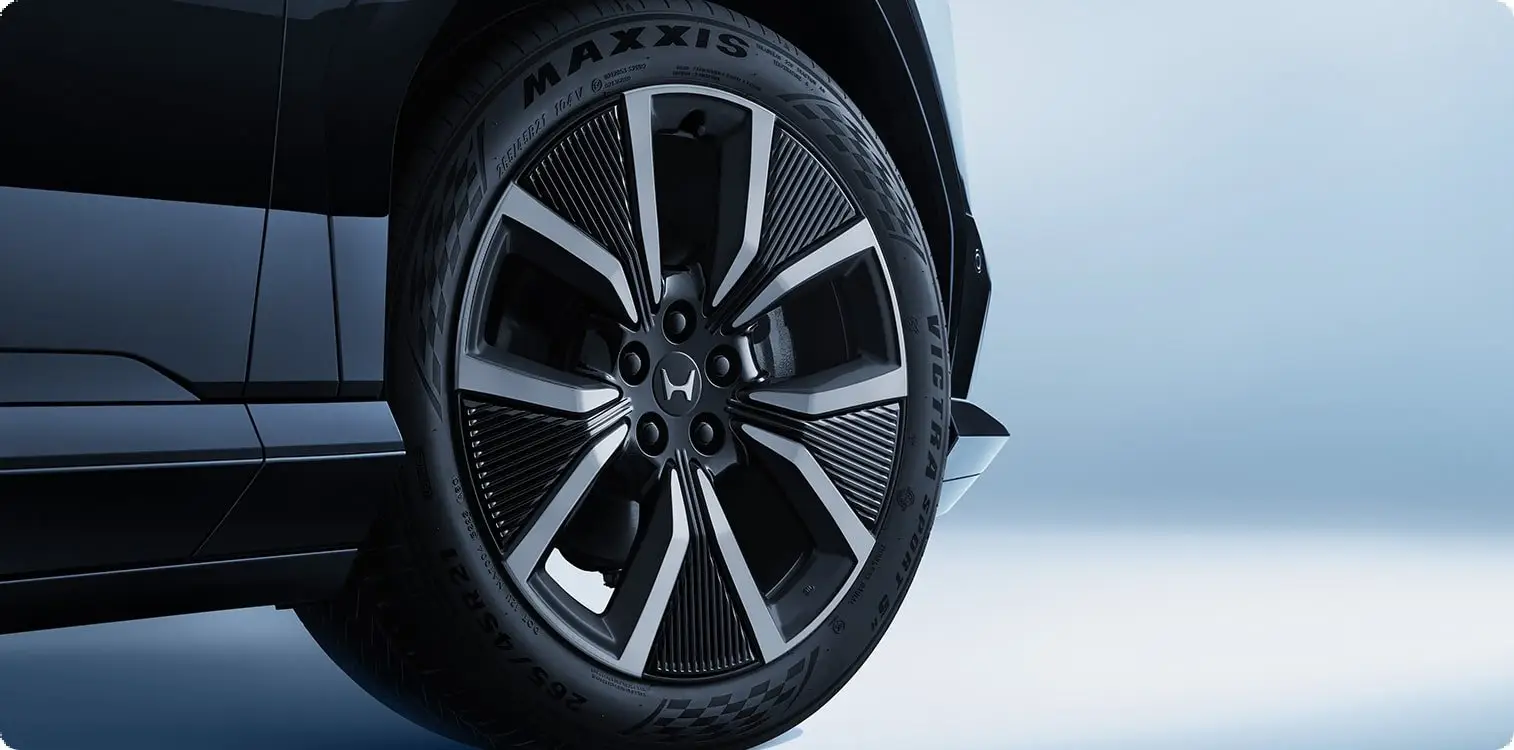
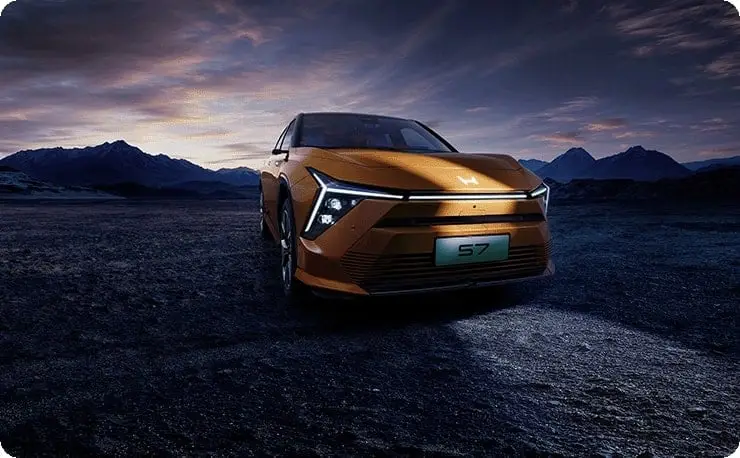
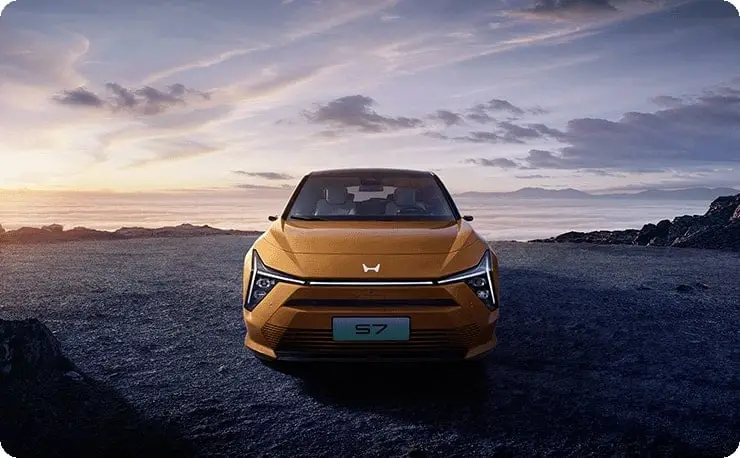
Author: Fabio Isidoro
Founder and editor-in-chief of Canal Carro, he dedicates himself to exploring the automotive universe with depth and passion. A car and technology enthusiast, he produces technical content and in-depth analyses of national and international vehicles, combining quality information with a critical eye for the public.

